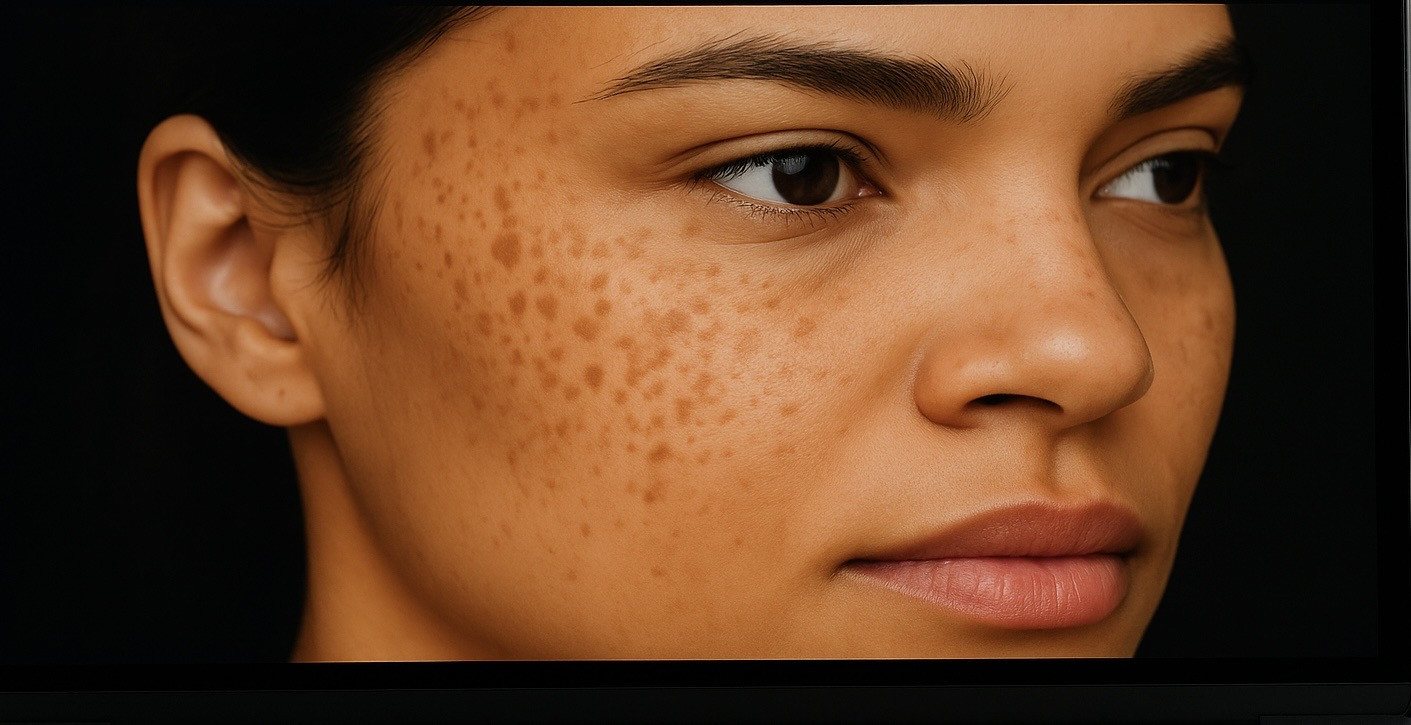Online Dermatology Consultations: Are They Effective and Safe?
The healthcare landscape is rapidly evolving, and teledermatology — dermatology consultations conducted remotely — is now more accessible than ever. But how effective is this method compared to traditional clinic visits? And is it safe?
At Cutiscity, we prioritize verified dermatologists and evidence-based practices. In this article, we review the latest research and expert consensus to help you understand the value and safety of online dermatology consultations.
What Does the Research Say About Teledermatology?
Several recent studies confirm that teledermatology is both effective and reliable for diagnosing and managing many skin conditions:
✅ A 2022 systematic review in JAMA Dermatology found that diagnostic accuracy of teledermatology is between 80-90%, closely comparable to in-person visits, especially when high-quality images are provided.
Reference: JAMA Dermatol. 2022;158(3):290-300.
✅ A 2023 study published in Frontiers in Medicine emphasized that patient satisfaction with teledermatology exceeds 85%, particularly for conditions like acne, eczema, and psoriasis. It also highlighted that treatment outcomes are similar between virtual and in-person consultations for these conditions.
Reference: Front Med (Lausanne). 2023;10:1123456.
✅ The American Academy of Dermatology (AAD) supports teledermatology as a safe adjunct to face-to-face care, especially post-pandemic, where remote consultations have reduced barriers to access without compromising care quality.
Source: AAD Position Statement, 2022.
Conditions Where Online Consultations Work Best
Based on research and clinical experience, online dermatology consultations are particularly effective for:
- Acne and rosacea
- Eczema, psoriasis, and other inflammatory conditions
- Hair loss assessments
- Pigmentation and dark spots
- Chronic skin condition follow-ups
- Cosmetic skincare guidance
Safety and Privacy in Online Dermatology
Data security is critical in healthcare. Most reputable teledermatology platforms, including Cutiscity, comply with:
a- HIPAA (Health Insurance Portability and Accountability Act) standards in the US.
b- GDPR (General Data Protection Regulation) in Europe.
This ensures that patient data and consultations are encrypted, private, and confidential.
Additionally, the British Journal of Dermatology (2022) emphasized that teledermatology safety is contingent on consulting board-certified dermatologists and maintaining a clear protocol for referring patients to in-person care when needed.
When Is In-Person Dermatology Still Necessary?
Though teledermatology is highly effective, certain situations require physical examination:
- Skin biopsies and lesion excisions
- Laser treatments and injectables
- Suspicious moles requiring dermoscopy
- Rapidly evolving rashes or emergencies
A hybrid care model — where initial consultations are virtual, followed by in-person care if necessary — is considered best practice, as per the Telemedicine and e-Health Journal (2023).
Why Cutiscity?
At Cutiscity, we ensure:
✔ Only verified, qualified dermatologists are listed.
✔ Secure, encrypted consultation platform.
✔ Follow-up continuity with the same specialist.
✔ Access to both dermatologists and their recommended products
Conclusion
The evidence is clear: online dermatology consultations are effective, safe, and highly convenient for many skin, hair, and nail conditions — when conducted with certified specialists via secure platforms.
Cutiscity bridges this gap by providing you direct access to experienced dermatologists, whether online or in-clinic.
✅ References
1- JAMA Dermatology. “Diagnostic Accuracy of Teledermatology: A Systematic Review and Meta-analysis.” 2022.
2- Frontiers in Medicine. “Patient Satisfaction and Treatment Outcomes in Teledermatology.” 2023.
3- American Academy of Dermatology. “Position Statement on Teledermatology.” 2022.
4- British Journal of Dermatology. “The Safety of Remote Dermatology Services Post-COVID-19.” 2022.
5- Telemedicine and e-Health Journal. “Optimizing Hybrid Dermatology Care Models.” 2023.




